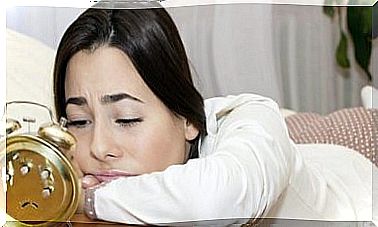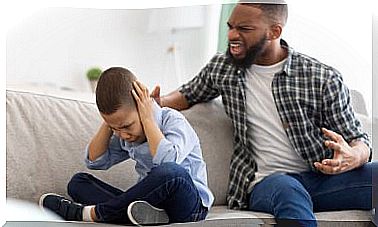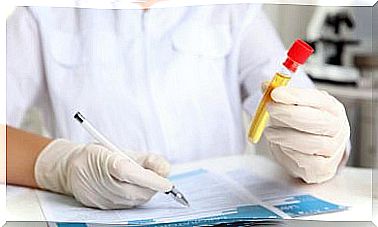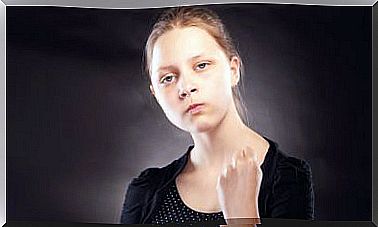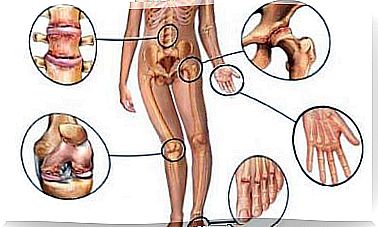7 Symptoms That Alert Us To Possible Low Back Pain
If we present any of these symptoms it is convenient that we go to the doctor to recognize us and prescribe the most appropriate treatment to treat low back pain
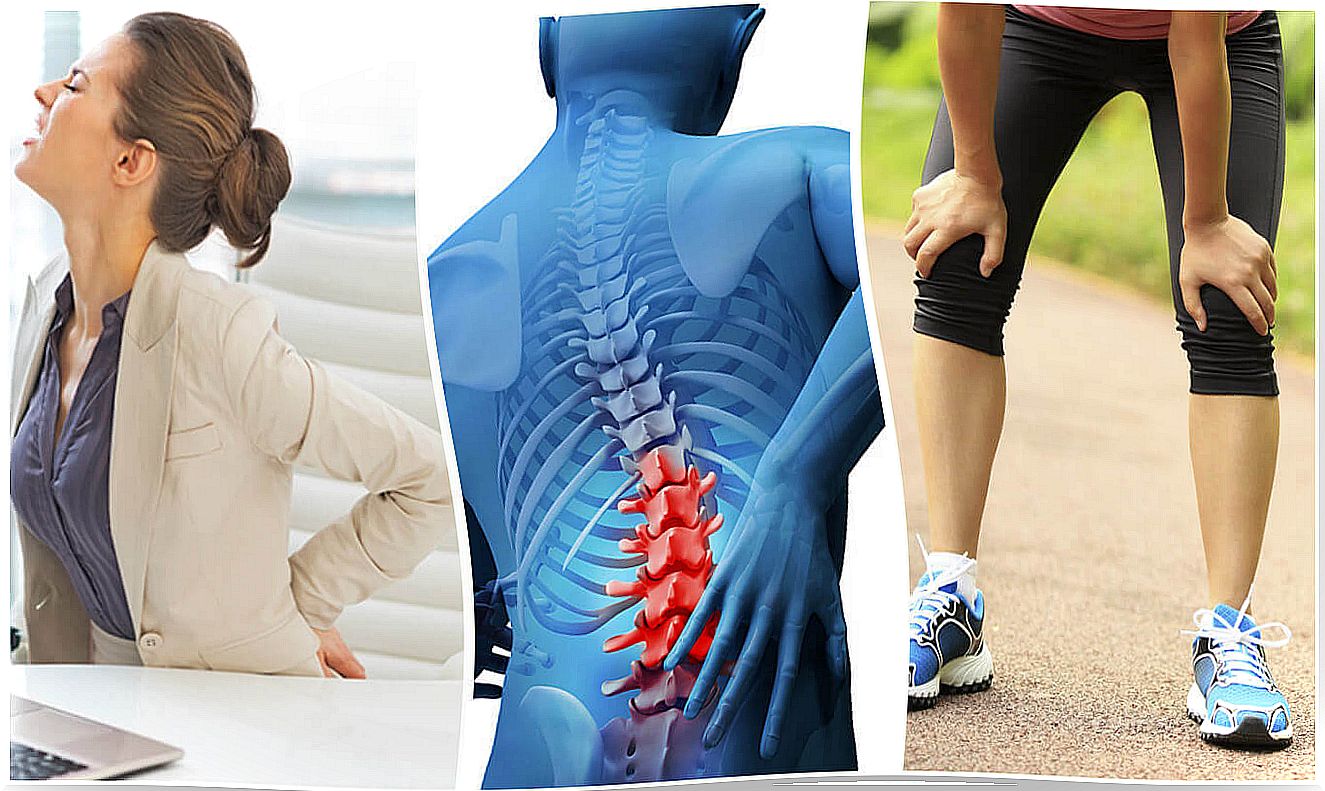
Low back pain is a condition that occurs in the lower back due to an alteration of the structure of the spine which, in turn, involves the stimulation of the nerves that transmit pain. Do you know how to recognize the symptoms of possible low back pain?
In this article we will tell you all about it.
What is low back pain?
Low back pain consists of local pain that is usually accompanied by a feeling of stiffness, mobility problems and other discomforts that, sometimes, generate disability.
Its appearance may be related to genetic factors, trauma or the development of some infectious and neurological pathologies, experts indicate.
The most frequent cases have to do with poor movements or physical overexertion that lead to the strain of a ligament or muscle in the back. However, it is necessary that each case be diagnosed by an expert, since many times the pain alerts of a herniated disc or premature deterioration of the intervertebral joint.
Because of this, it is essential to learn to recognize the symptoms of possible low back pain. Of course, you must bear in mind that in each case they can manifest themselves with varying degrees of intensity.
What are the symptoms of possible low back pain?
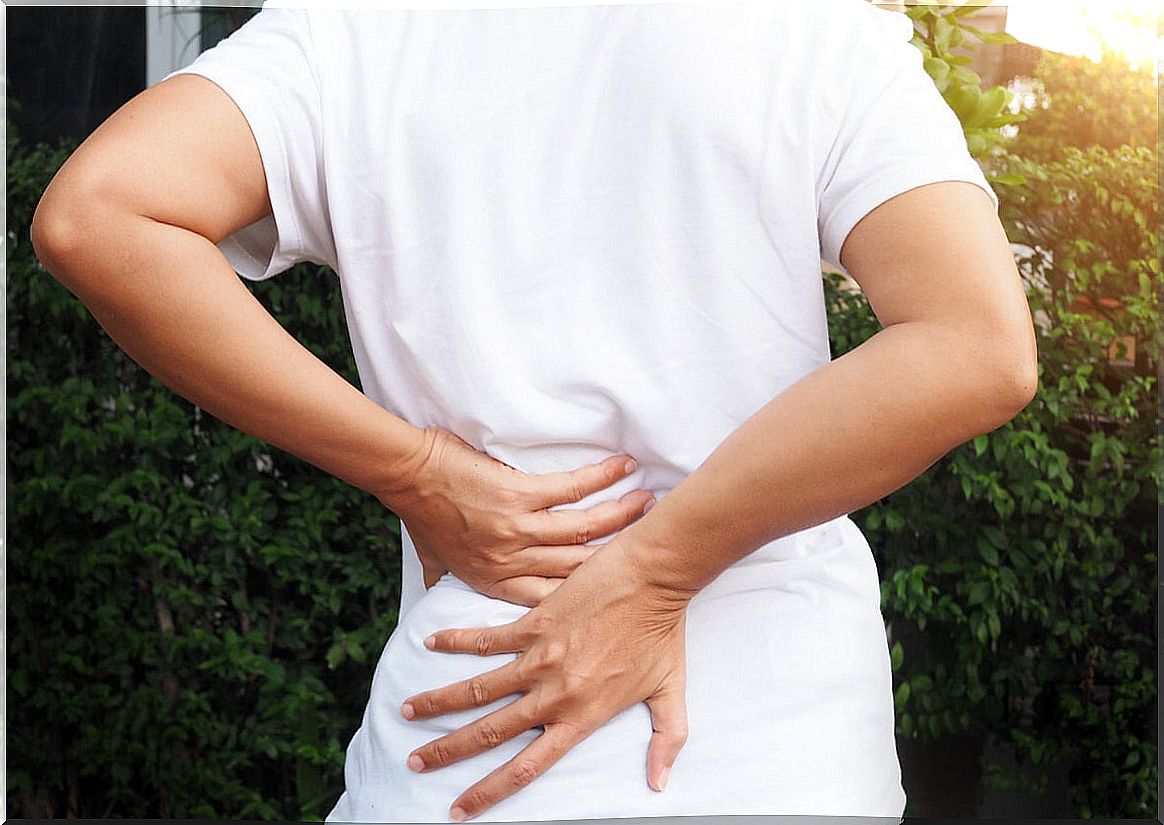
1. Pain in the lower back
A sharp, stabbing pain in the lower back is one of the initial symptoms of possible low back pain. This tends to be more intense after making a sudden movement or a significant physical effort, due to the sensitivity of the affected area.
As it develops, it produces muscle spasms and a feeling of rigidity, almost always radiating towards the groin and buttock.
2. Numbness and difficulty in movement
The feeling of numbness and difficulties in the ability of movement in the lower body are a strong sign of this condition.
Its appearance usually occurs when the condition involves the sciatic nerve, almost always due to the development of a herniated disc or a dyscarthrosis. As it intensifies, the pain becomes progressive and bilateral, that is, it affects both legs.
Medical consultation is essential, not only to receive an accurate diagnosis but also to provide timely treatment to the condition.
3. Inflammation and instability
Low back pain related to degeneration of the intervertebral discs tends to develop with mild but persistent symptoms.
Often, the body’s inflammatory response increases and instability is generated in the area that manifests itself with discomfort both when making movements and in a state of rest.
Discomfort is usually relieved with a little rest and regular practice of supervised stretching exercises.
4. Loss of flexibility
Loss of flexibility in the lower back can occur when low back pain has advanced in severity. Often caused by a fall disorder, the symptoms indicate a possible degenerative low back pain, as is the case with osteoarthritis of the spine or osteoporosis.
It is more common in older adults, although it can also occur in young people due to a serious injury or accident.
5. Fever and chills

The stimuli that the nervous system receives when this type of pain occurs can lead to episodes of fever and chills.
Although both symptoms can be caused by multiple conditions, it is also necessary to analyze whether they have to do with complications of this ailment in the lower back. In fact, if both symptoms increase along with the pain, it is essential to get medical attention because they could alert you to a serious injury.
6. Feeling of weakness in the legs
Low back tension, sciatic nerve irritation, and numbness can cause an uncomfortable feeling of weakness in the legs that sometimes prevents normal walking.
Although it can be caused by a circulatory problem or fluid retention, other conditions associated with possible low back pain should not be ruled out.
7. Unexplained weight loss
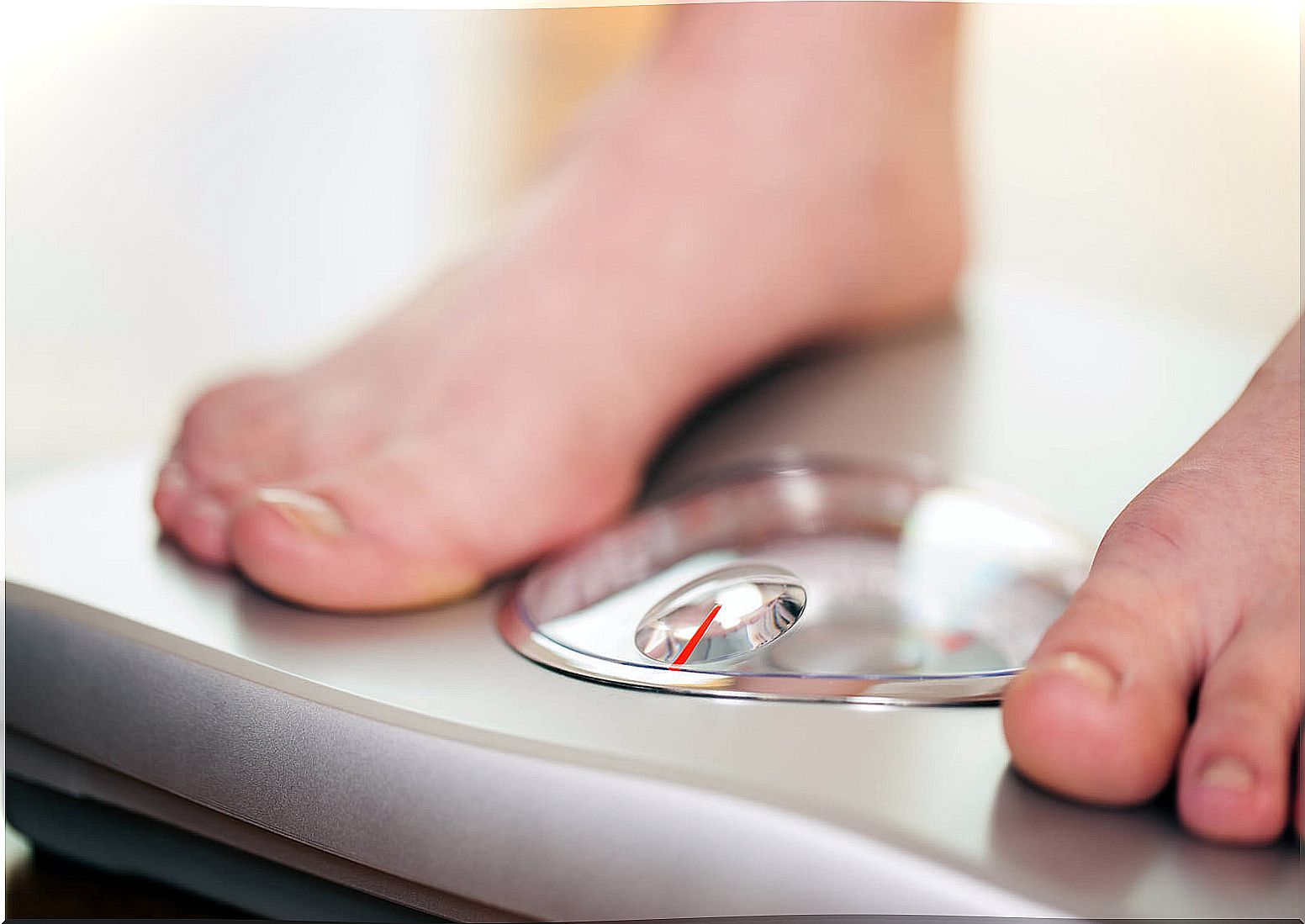
If severe pain in the lower back is compounded by excessive weight loss, it is necessary to request an immediate review to rule out more serious diseases.
This symptom is not as common as the previous ones, but it can occur when there are nutritional deficiencies due to a poor diet or difficulties in the absorption of nutrients. And while losing weight can reduce the recurrence of pain in overweight patients, it needs to be done in a healthy and balanced way.
Good postural hygiene, stretching exercise therapy, and a balanced diet are key to controlling the symptoms of this condition.
If its appearance has to do with a more careful pathology, the doctor will prescribe the most suitable treatment.

